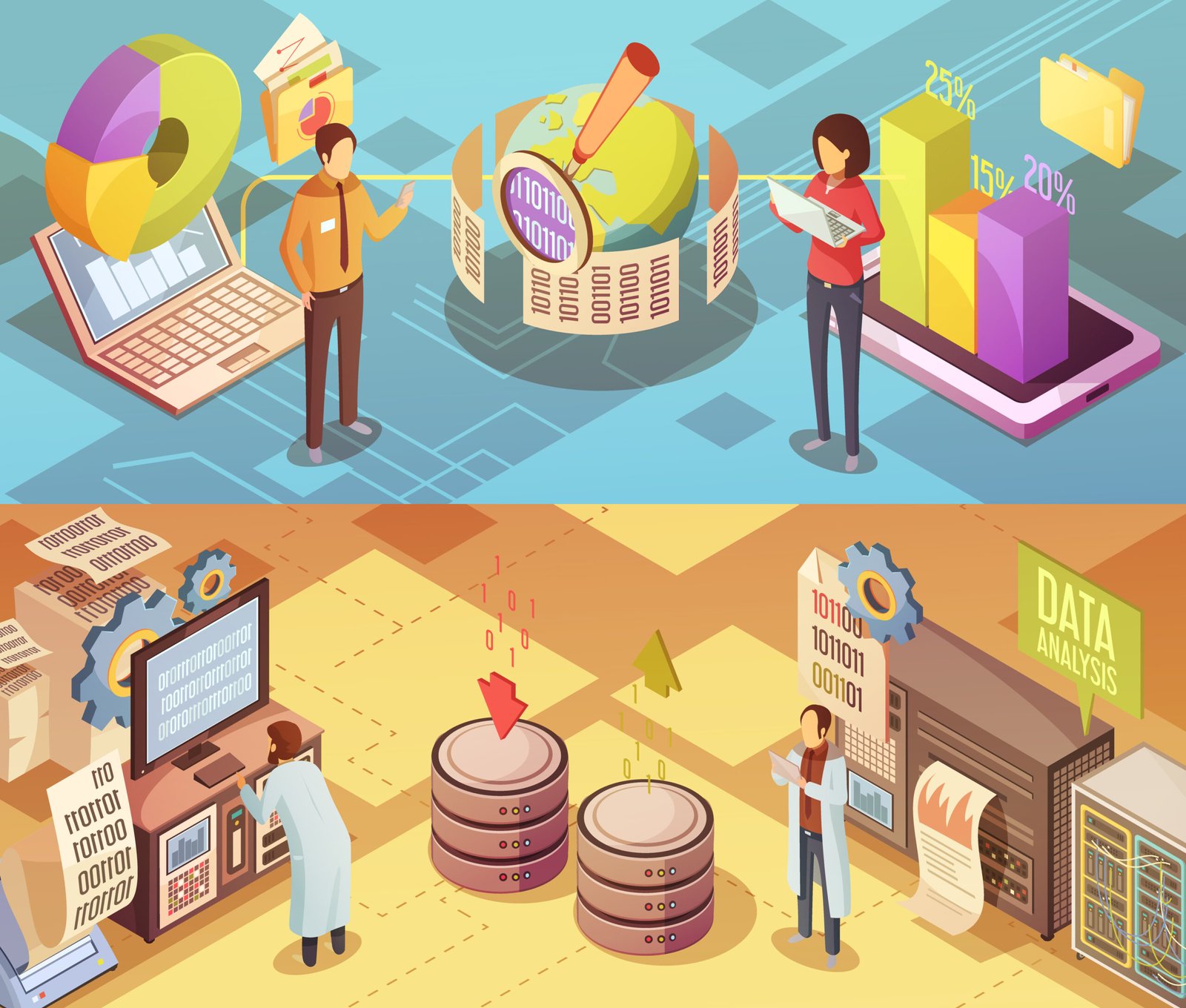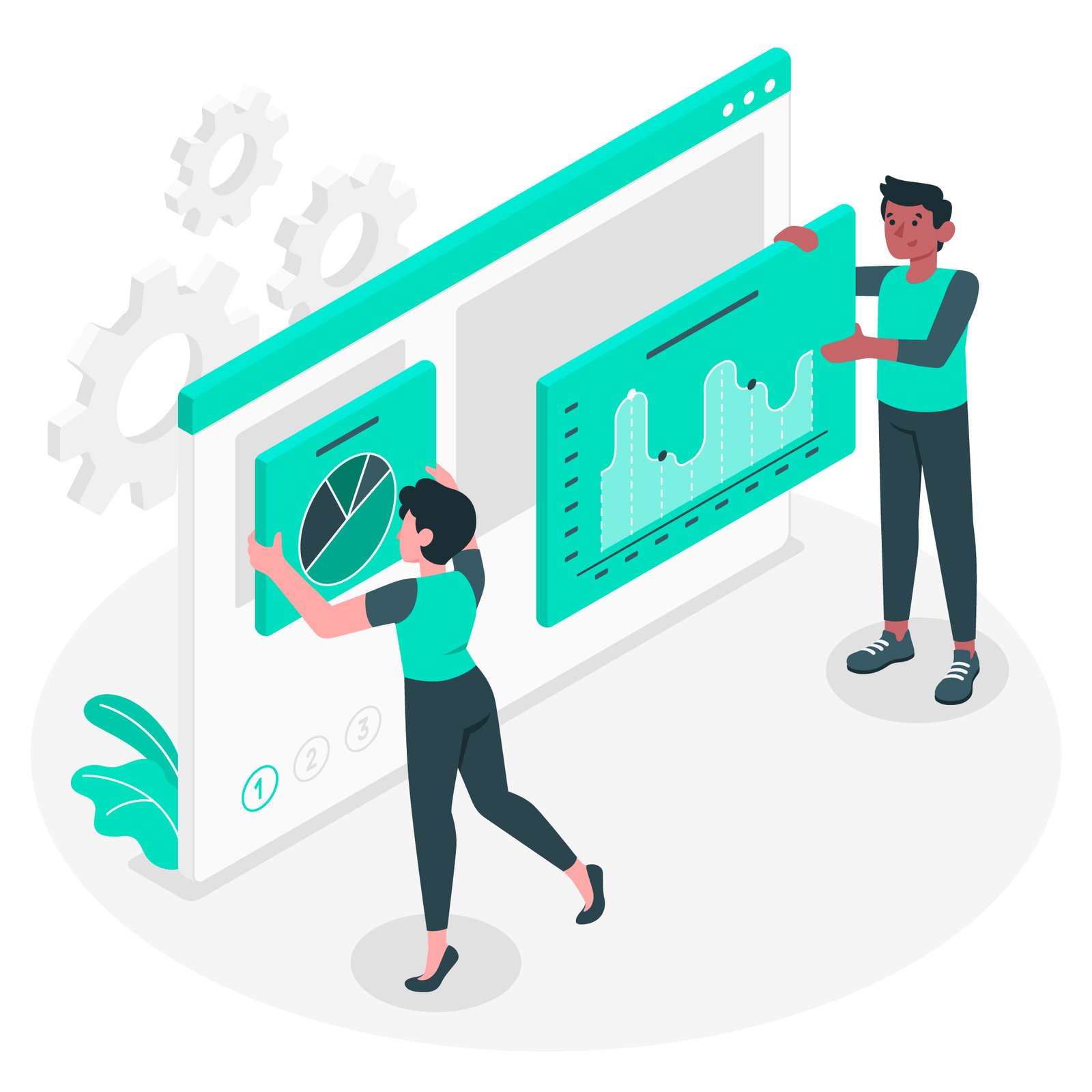Data analytics has revolutionized customer experience. Over 100 case studies show remarkable results. Companies that use analytics-driven CX strategies perform better than their competitors with 115% higher ROI and 93% more profits.
Success stories show that good implementation needs three key elements. These include resilient infrastructure for data collection, advanced analytics tools, and smooth integration strategies. Companies must carefully plan their resources and timelines to avoid common mistakes.
Traditional measurement systems have given way to modern analytics. This allows businesses to process big amounts of unstructured data and gain deeper customer insights. Companies can generate additional revenue by properly implementing KPIs and attribution modeling.
Smart organizations don’t try to change everything at once. They build specific capabilities first and measure results with detailed metrics. This focused strategy helps companies improve their approach based on live data and customer feedback. The result is better service delivery and happier customers.



